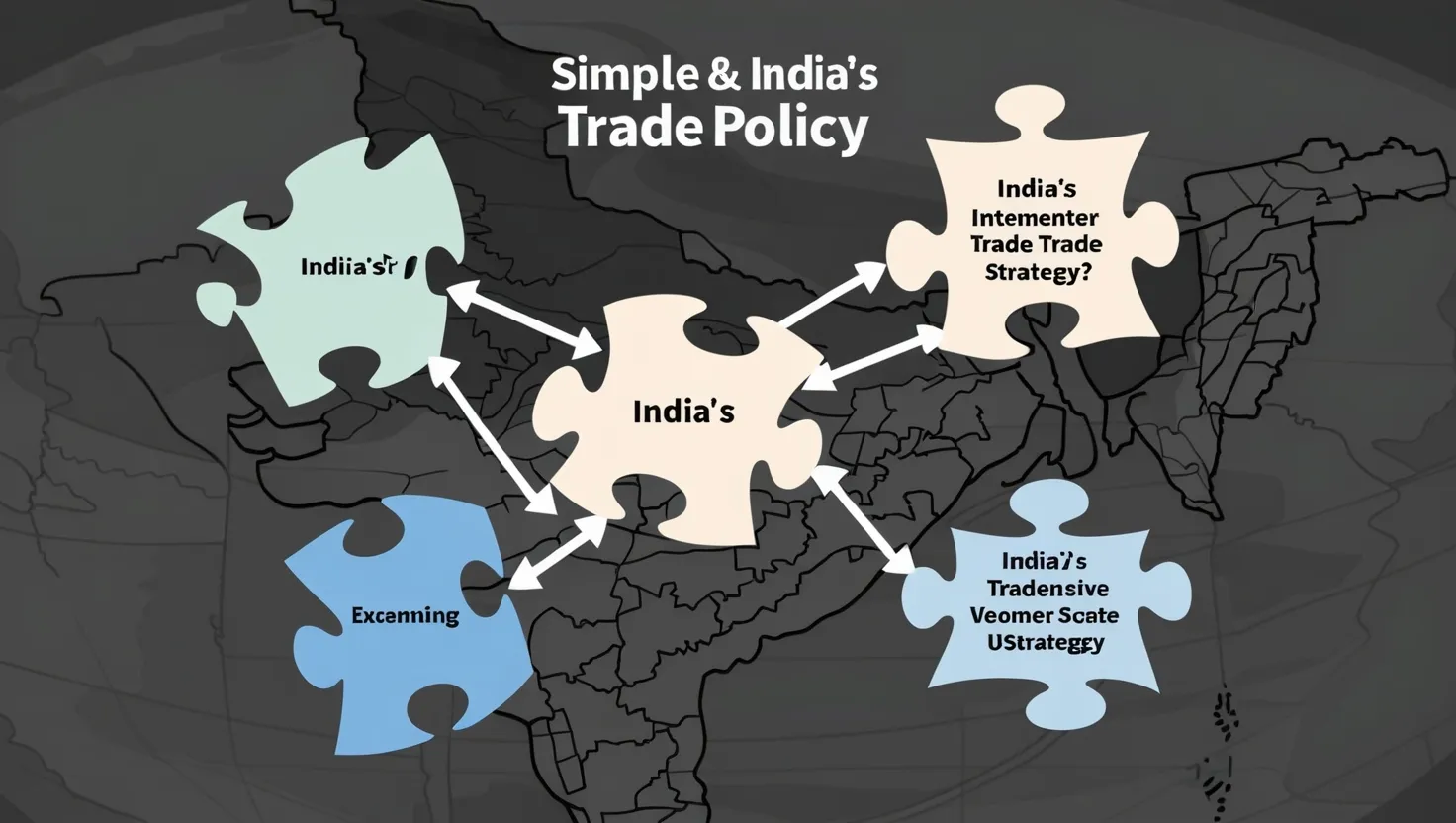In the bustling financial landscape of India, a silent battle rages against the shadowy world of money laundering. As I delve into the intricate web of anti-money laundering (AML) measures, I’m struck by the complexity and sophistication of the systems in place. The Reserve Bank of India (RBI), along with other regulatory bodies, has crafted a multifaceted approach to safeguard the integrity of the nation’s financial system.
At the heart of India’s AML framework lies a robust risk assessment mechanism for financial institutions. Banks and other financial entities are required to conduct regular, comprehensive evaluations of their vulnerability to money laundering activities. This isn’t just a tick-box exercise; it’s a dynamic process that demands a deep understanding of emerging threats and evolving criminal tactics.
I’ve observed how these risk assessments shape the entire AML strategy of an institution. They inform everything from staff training programs to the allocation of resources for monitoring and compliance. It’s fascinating to see how a bank might adjust its approach based on factors like its customer base, geographical presence, or the types of products and services it offers.
“The first step in the acquisition of wisdom is silence, the second listening, the third memory, the fourth practice, the fifth teaching others.” - Solomon Ibn Gabirol
This quote reminds me of the learning process financial institutions must undergo to effectively combat money laundering. They must listen to regulatory guidance, remember past incidents, practice vigilance, and ultimately teach their staff and customers about the importance of AML measures.
Moving on to Know Your Customer (KYC) procedures, I’m impressed by the strides India has made in digital verification. The introduction of Aadhaar-based e-KYC has revolutionized the onboarding process, making it faster and more secure. But it’s not without its challenges. How do we balance the need for stringent verification with the desire for seamless customer experience?
Banks now use sophisticated algorithms to analyze customer data and flag potential risks. This continuous monitoring extends beyond just the initial onboarding phase. Regular updates to customer information are mandated, ensuring that the KYC data remains current and relevant.
The transaction monitoring systems in place are truly a marvel of modern technology. These systems sift through millions of transactions daily, looking for patterns and anomalies that might indicate illicit activities. The sheer volume of data processed is staggering, and the algorithms used are constantly evolving to stay ahead of criminal tactics.
But technology alone isn’t enough. Human expertise remains crucial in interpreting the alerts generated by these systems. I’ve spoken with AML analysts who describe their work as part science, part art – combining data analysis with intuition honed through years of experience.
Reporting requirements form another critical layer of India’s AML defenses. Financial institutions are obligated to file Suspicious Transaction Reports (STRs) and Cash Transaction Reports (CTRs) with the Financial Intelligence Unit - India (FIU-IND). These reports serve as vital intelligence for law enforcement agencies in their fight against financial crimes.
“In the end, we will remember not the words of our enemies, but the silence of our friends.” - Martin Luther King Jr.
This powerful quote makes me reflect on the importance of active participation in the AML ecosystem. It’s not enough for financial institutions to simply comply with regulations; they must be proactive in identifying and reporting suspicious activities.
The coordination between financial regulators and enforcement agencies is a critical aspect of India’s AML framework that often goes unnoticed. I’ve been impressed by the level of collaboration between entities like the RBI, Securities and Exchange Board of India (SEBI), and law enforcement agencies like the Enforcement Directorate.
This inter-agency cooperation extends to sharing of intelligence, joint investigations, and even combined training programs. It’s this holistic approach that gives teeth to India’s AML efforts. But I can’t help but wonder: How can we further enhance this coordination to close any remaining gaps in the system?
On the international front, India has made significant strides in fostering cooperation and information sharing mechanisms. As a member of the Financial Action Task Force (FATF) and other global bodies, India actively participates in the global fight against money laundering and terrorist financing.
The country has signed numerous Mutual Legal Assistance Treaties (MLATs) and entered into Memorandums of Understanding (MoUs) with various countries for exchange of financial intelligence. This international cooperation is crucial in tracking and recovering illicit funds that often cross national borders.
However, the effectiveness of these international mechanisms often hinges on the willingness of all parties to cooperate fully. Political considerations and differing legal frameworks can sometimes hinder smooth information exchange. How can we build a truly global, seamless network to combat financial crimes?
The penalties and compliance requirements for AML violations in India are stringent, reflecting the seriousness with which the country views these offenses. Financial institutions found in breach of AML regulations face hefty fines, potential license revocation, and damage to their reputation.
Individual executives and employees can also be held personally liable for compliance failures. This personal accountability serves as a powerful deterrent and ensures that AML compliance remains a top priority across all levels of an organization.
“The price of greatness is responsibility.” - Winston Churchill
Churchill’s words resonate strongly in the context of AML compliance. The privilege of operating in the financial sector comes with the weighty responsibility of safeguarding the system’s integrity.
As I reflect on these six critical AML measures, I’m struck by their far-reaching impact. They’ve fundamentally altered the way financial institutions operate, from customer onboarding to transaction processing and reporting. The additional due diligence and monitoring requirements have undoubtedly increased operational costs and complexity for banks.
Yet, these measures have also brought about positive changes. They’ve pushed financial institutions to invest in advanced technologies, improve their data management practices, and foster a culture of compliance. The increased transparency and accountability have helped build trust in the financial system.
But challenges remain. The implementation of these measures is not always smooth, particularly for smaller institutions with limited resources. There’s a constant struggle to balance rigorous AML controls with customer convenience and operational efficiency.
Moreover, as financial criminals become increasingly sophisticated, the AML framework must continually evolve. The rise of cryptocurrencies and other digital assets presents new challenges that the current system is still grappling with. How can we ensure that our AML measures remain effective in this rapidly changing landscape?
India’s approach to AML is comprehensive and multifaceted, reflecting the complex nature of the threat it seeks to address. While there’s always room for improvement, the country has made significant strides in protecting its financial system from abuse.
As we look to the future, the key lies in maintaining this momentum. Continuous innovation, enhanced cooperation, and a commitment to global best practices will be crucial in staying ahead of financial criminals.
What role can each of us play in supporting these AML efforts? How can we, as citizens and customers of financial institutions, contribute to the integrity of our financial system?
In the end, the fight against money laundering is not just about compliance or avoiding penalties. It’s about protecting the integrity of our financial system, supporting legitimate businesses, and ultimately, safeguarding our economy and society from the corrosive effects of financial crime. It’s a responsibility we all share, and one that demands our ongoing attention and commitment.






